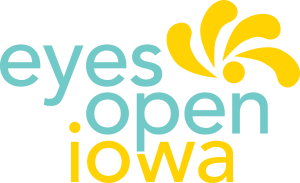Our Spark*ED online sex educator courses focus on the information, skills, and theory required to deliver impactful and inclusive sex education. Our philosophy towards sex education is at the heart of the Spark*ED curriculum and all course materials have been created with a social justice and racial equity lens and incorporate the latest information and research in the fields of of sexual health, gender, adolescent development, learning styles, and behavioral change. Each course has been reviewed by content matter experts, including medical professionals, trainers, classroom teachers, public health workers, and researchers.
This four-hour self-paced online training on Teaching Sexuality provides an overview of what’s involved and what to consider when teaching sex education and sexuality. You’ll learn how to engage young people to help them normalize meaningful conversations about sex and sexuality while removing the stigma associated with these topics. The course is divided into four 30 - 45-minute bite-size pieces that encompass a range of learning styles including interactive assessments, videos modeling classroom instruction, and real-life scenarios.
The course:
- Provides a comprehensive definition of sexuality.
- Names and describes the various aspects of sexuality.
- Describes the importance of having a comprehensive, holistic lens when teaching sexuality.
- Describes how the six aspects of sexuality model manifest throughout the lifespan.
- Describes why a holistic conception of sexuality is essential for high quality sex education.
- Describes why is it important to create a safe space to answer questions in sex education.
- Explains how anonymous question time can be set up to maximize participation and foster an environment of learning and respect.
- Names and applies best practices for answering various types of questions about sexuality.
- Distinguishes universal from non-universal values.
- Identifies values-based questions.
- Describes the steps in the FLASH Values Question Protocol and use it to respond to values-based questions.




